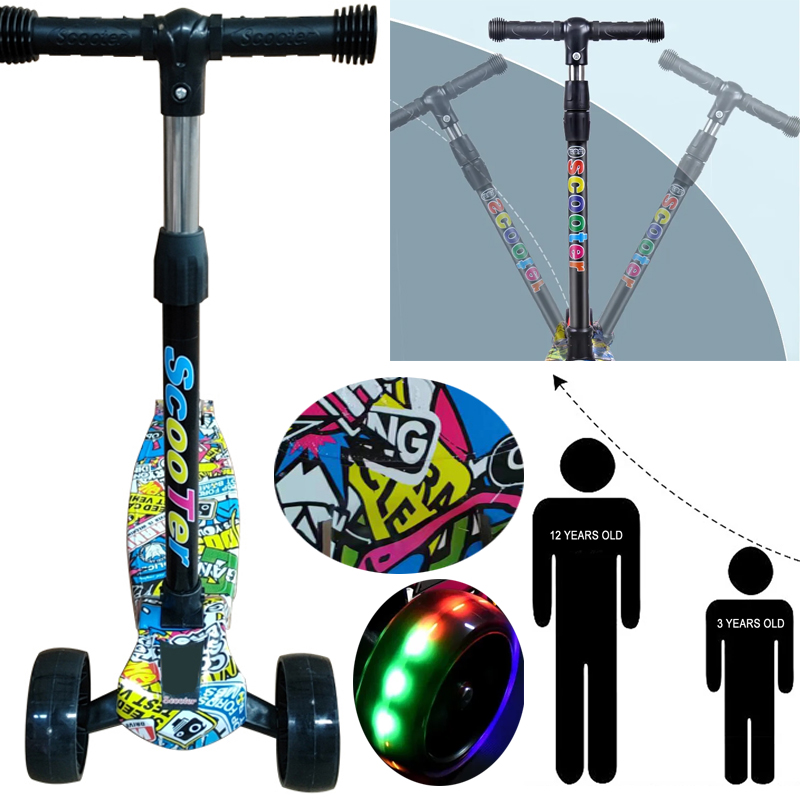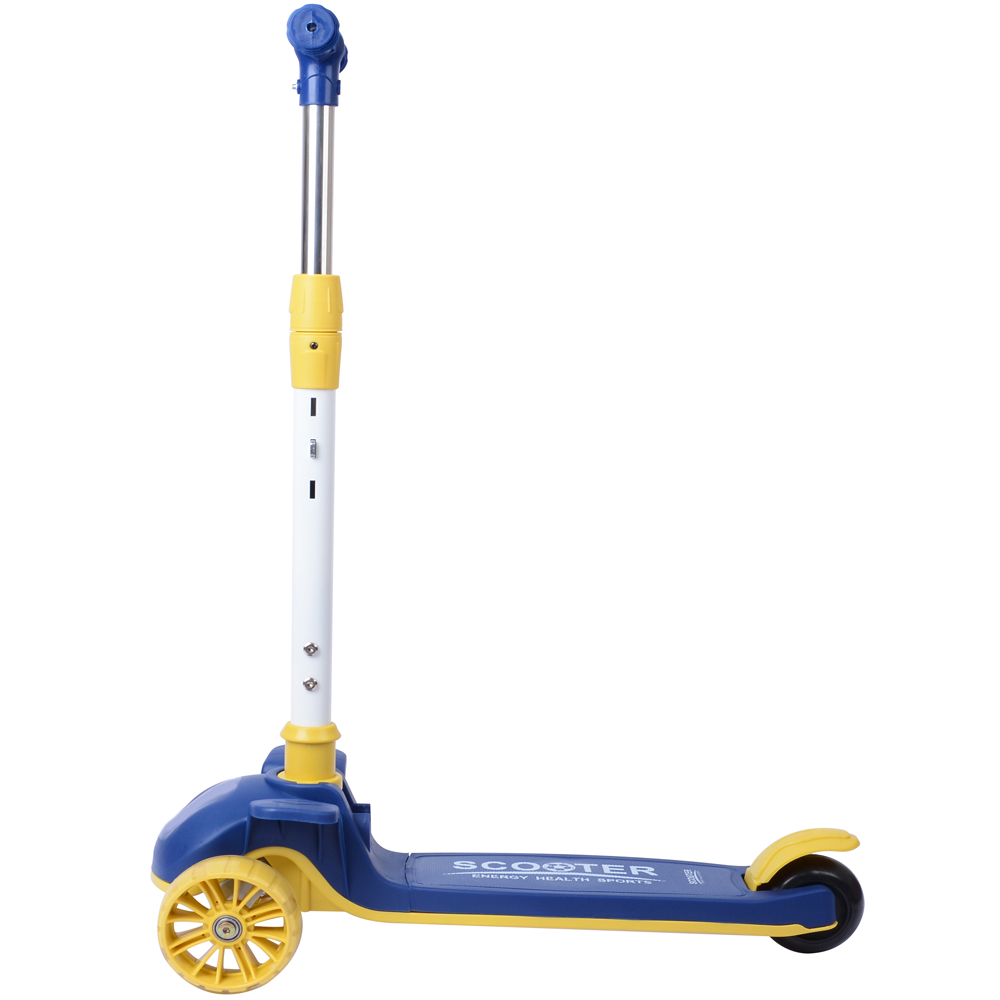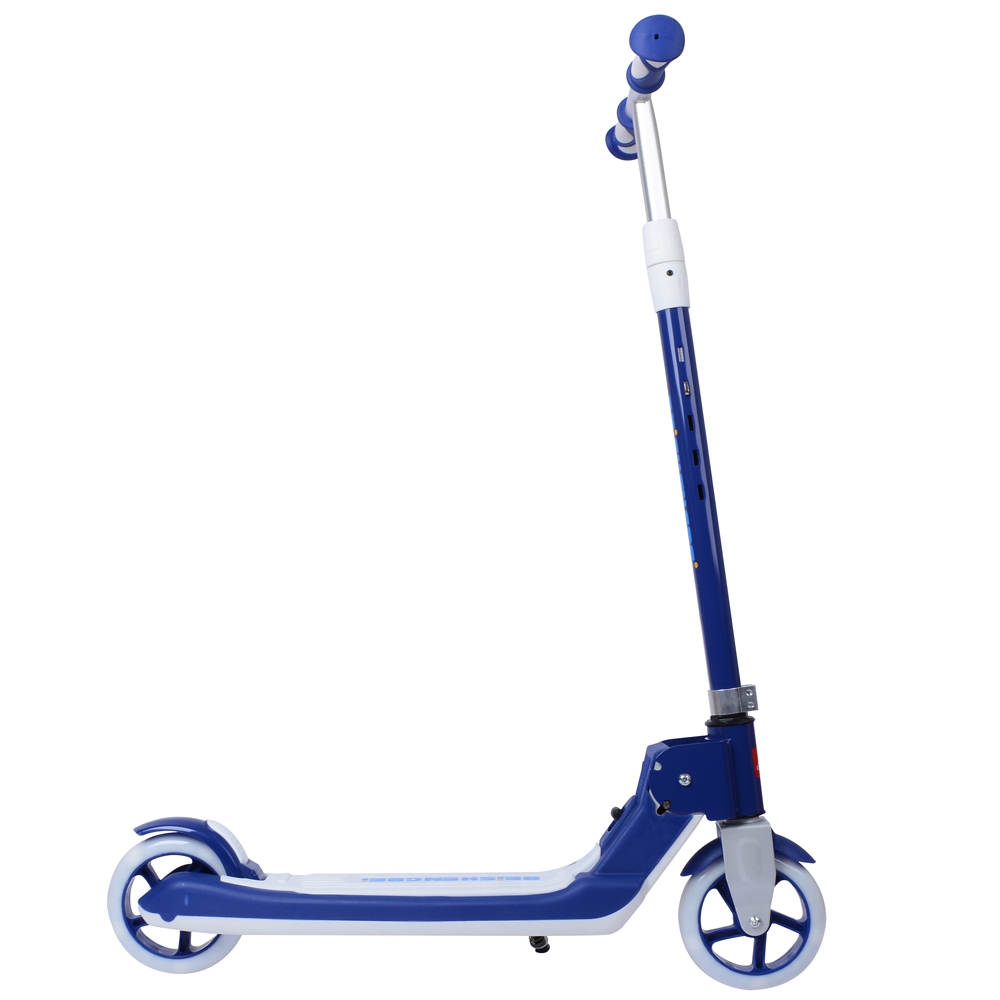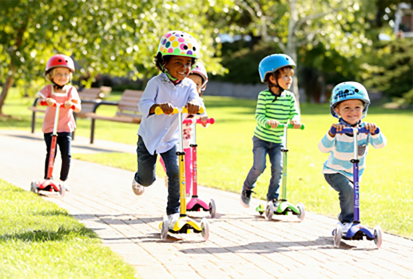When Do Kids Stop Scooting in Their Sleep?
Scooting in bed is a common behavior among young children, and many parents often find their little ones maneuvering around their cribs or beds during the night. This phenomenon can raise questions and concerns for caregivers who wish to understand why children scoot and when this behavior typically subsides.
Understanding Scooting
Scooting, which involves a child moving around while lying down, can manifest in various ways. Some kids may push themselves in a diagonal direction, while others might glide across the mattress. This behavior is especially prevalent in infants and toddlers, who are still developing their motor skills. It typically begins around six months to a year of age, right around the time when babies start to explore their surroundings and gain more command over their bodies.
The reasons behind scooting can vary. For many children, it’s simply a part of their natural exploration as they learn to control their movement. They may be attempting to reach a favorite toy or position themselves more comfortably as they change sleep cycles throughout the night. Other times, children may move in their sleep due to discomfort or a need for more space as they grow.
Developmental Milestones
As children grow, they pass through various developmental milestones that influence their sleeping habits. Between the ages of one and three, toddlers develop skills that make them more agile and capable of repositioning themselves in bed without the need for scooting. During this period, they transition from crib to bed, which often leads to increased freedom of movement.
Parents may notice a decline in scooting behavior as children approach preschool age. By around four to five years old, most children will have developed enough physical coordination to remain in one place while sleeping. Their sleeping patterns tend to stabilize as they establish a routine, and they may even develop specific sleeping positions that they find comfortable.
When to Be Concerned
While scooting is generally a normal part of childhood development, some parents may worry if it seems excessive. If a child is scooting to the point of constantly waking themselves up or if it appears to induce stress or discomfort, it can be helpful to consult a pediatrician. They can offer guidance and assess whether any underlying issues, such as discomfort from teething, allergies, or sleep disorders, may be contributing to the behavior.
lehuo when do kids stop scooting in their sleep

Additionally, if the scooting is accompanied by other unusual behaviors, such as screaming or excessive restlessness, it’s important to look into those symptoms further. Most of the time, however, a little scooting is nothing to worry about and is simply part of the joyful chaos of childhood.
Tips for Managing Scooting
For parents looking to manage their child’s scooting, there are a few strategies to consider
1. Create a Safe Sleep Environment Ensuring that the child’s sleep area is safe can help alleviate concerns. Using bed rails or positioning the bed away from walls or furniture can prevent falls.
2. Establish a Consistent Bedtime Routine A calming bedtime routine can signal to children that it’s time to sleep, promoting a more peaceful night.
3. Monitor Comfort Check the child's mattress, pajamas, and room temperature to ensure they are comfortable, as discomfort can drive more movement during sleep.
4. Encourage Independent Sleep As children grow, fostering independent sleep can help them learn to settle down and remain still in bed.
Conclusion
In summary, scooting in sleep is a common and typically harmless behavior in young children. Most kids tend to outgrow this phase by the time they are four to five years old, as their motor skills and sleep patterns mature. Understanding the reasons for scooting and knowing when to intervene can help parents provide a nurturing environment for their growing children. While it may be a source of amusement or concern, it’s merely one of the many quirks of childhood that eventually fades away as kids grow older.
-

 Scoot&RideKids Child Kick Push Scooter 3 Wheels with LED Flashing Tilt Lean Boys Girls Scooter
Scoot&RideKids Child Kick Push Scooter 3 Wheels with LED Flashing Tilt Lean Boys Girls Scooter




- 4
$33.17 -

 Scoot&RideKids Scooter Child Kick Flashing LED Light Up 3 Wheel Push Adjustable Folding 3
Scoot&RideKids Scooter Child Kick Flashing LED Light Up 3 Wheel Push Adjustable Folding 3- 0
$25.52 -

 Scoot&RideKids Scooter Child Kick Flashing LED Light Up 3 Wheel Push Adjustable Folding 2
Scoot&RideKids Scooter Child Kick Flashing LED Light Up 3 Wheel Push Adjustable Folding 2- 0
$33.17 -

 Scoot&RideKids Scooter Teens Foldable Kick Push Scooter Adjustable Height Safe 2 Wheels
Scoot&RideKids Scooter Teens Foldable Kick Push Scooter Adjustable Height Safe 2 Wheels




- 4
$49.99
Meet our partners and discover what powers their creativity!
When you register for a Lohas scooter, you will receive a 10% discount on your first order and can be notified of sales, new product launches and other offers in advance.









